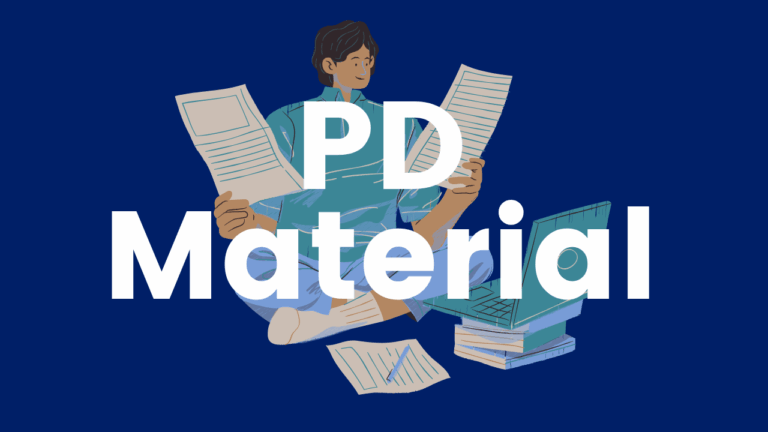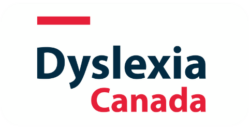Foundations for Literacy: An Evidence-based Toolkit for the Effective Reading and Writing Teacher
This resource has been compiled by a group of Canadian language and literacy experts. It is organized into three primary segments. First, it highlights the essential information educators should possess about various research types, enabling them to stay well-informed and knowledgeable about the connection between language, reading, and writing instruction. The next section focuses on…






